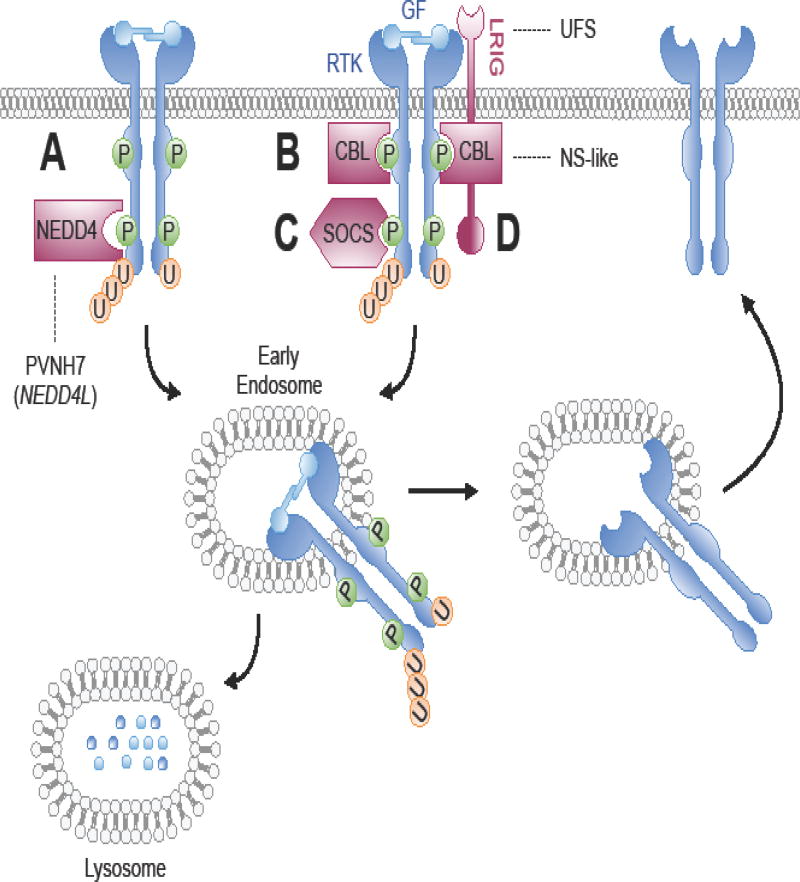Figure 3. Attenuation of RTK signaling by receptor ubiquitination and degradation.
(A) Growth factor activation of RTKs leads to recruitment of NEDD4 to the receptor complex. (B) Independent and (C) SOCS- or (D) LRIG-mediated mechanisms recruit CBL to the receptor complex. NEDD4 and CBL direct the ubiquitination of RTKs, resulting in receptor endocytosis and routing to early endosomes. RTKs can then either be recycled to the plasma membrane or targeted for lysosomal degradation, thereby attenuating receptor signaling. Dashed lines connecting the human congenital disorder with the protein in the pathway encoded by the causative mutated gene. Syndromes described in the text and/or Supplemental Table 1. PVNH7, Periventricular nodular heterotopia 7; NS-like, Noonan syndrome-like; UFS, Urofacial syndrome; GF, growth factor; P, phosphorylation; RTK, receptor tyrosine kinase; U, ubiquitination.

